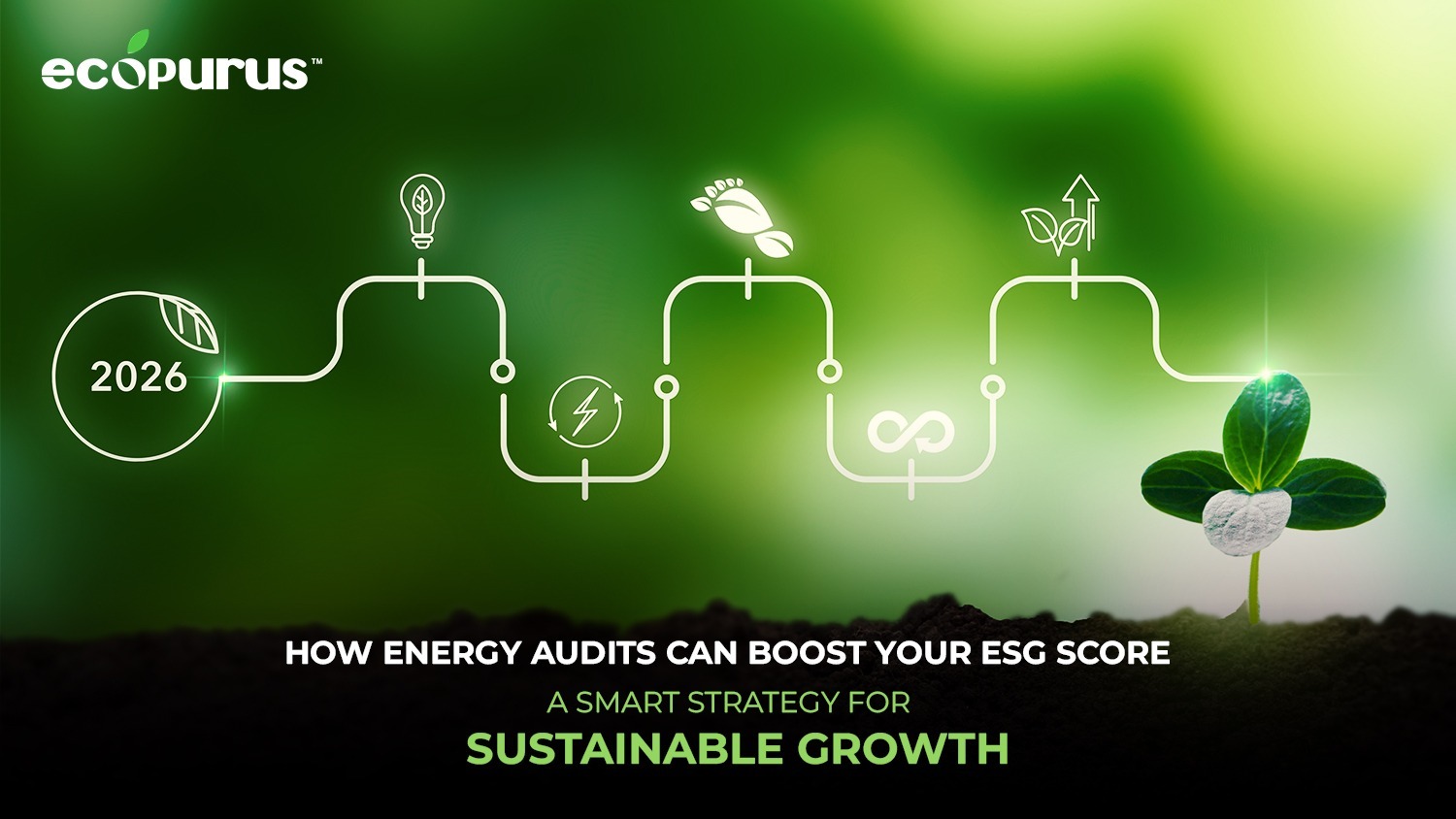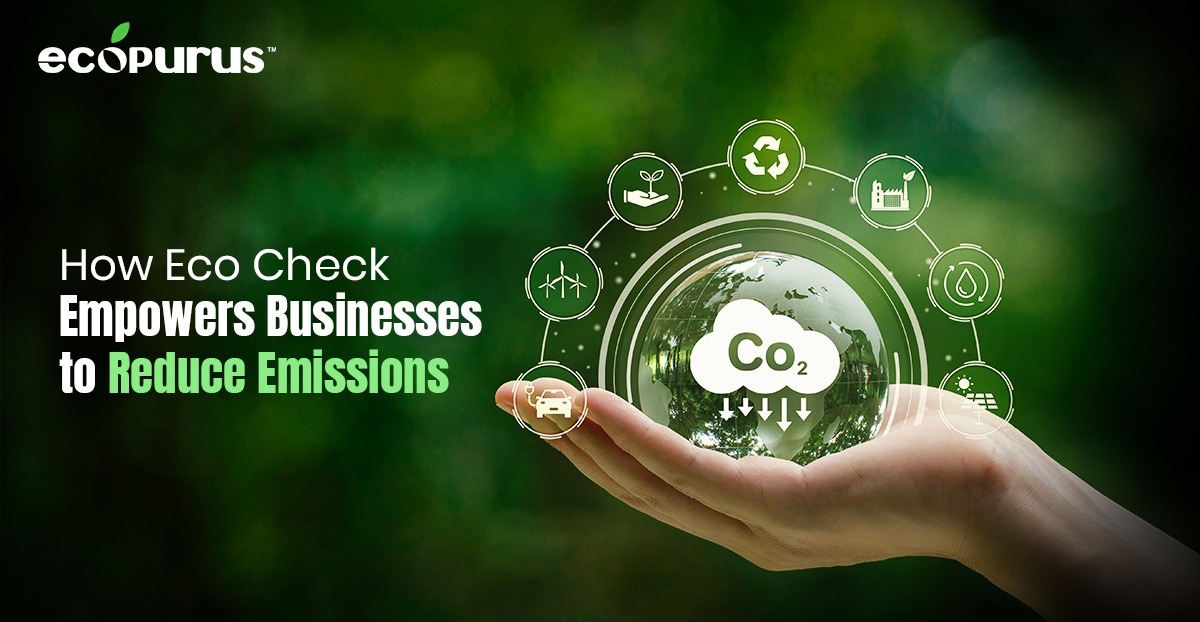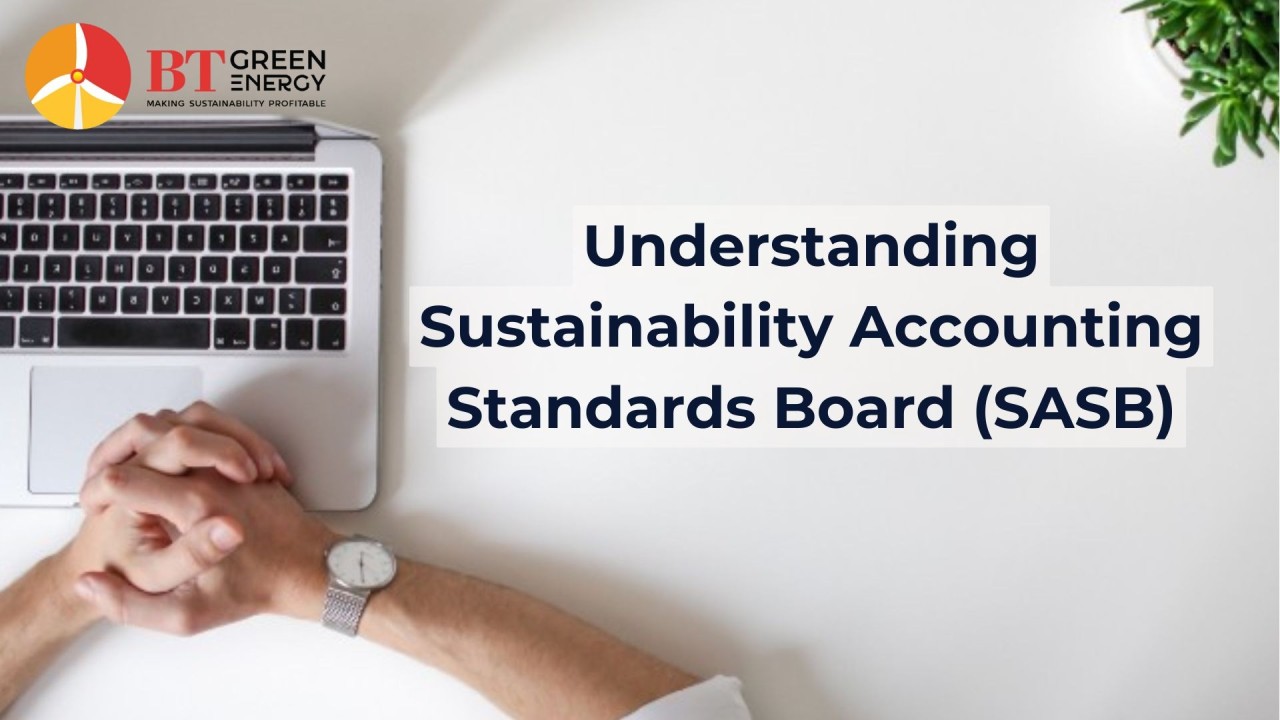The great explorer of the truth, the master-builder of human happiness no one rejects dislikes avoids pleasure itself because it is pleasure but because know who do not those how to pursue pleasures rationally encounter consequences that are extremely painful desires to obtain.
Read MoreFAQs
- Home
- FAQs
General
- Why is calculating emissions on all scopes crucial?
-
Calculating your carbon emissions on all relevant scopes, enables you to prepare for current and future regulations that otherwise may inflict a negative financial impact on your company and its value chain. Manage climate risk and increase resilience
-
- Less CO2 = fewer costs.
- Identifying and quantifying CO2 emissions helps to recognize inefficiencies and financial blind spots. Lowering GHG emissions typically goes hand in hand with increasing efficiency and cost-effectiveness in a company’s process.
-
- What is Carbon neutrality / Carbon-neutral ?
-
Carbon neutrality means that any CO2 released into the atmosphere from a company’s activities is balanced by the equivalent amount being compensated for or removed. Companies can achieve carbon neutrality by buying carbon credits to offset their emissions.
Ecopurus aims to take companies to net-zero rather than carbon neutrality as it embeds the notion of decarbonization into the process. - What is Carbon neutrality / carbon-neutral ?
-
Carbon neutrality means that any CO2 released into the atmosphere from a company’s activities are balanced by the equivalent amount being compensated or removed. Companies can achieve carbon neutrality by buying carbon credits to offset their emissions. Ecopurus aims to take companies to net-zero rather than carbon neutrality as it embeds the notion of decarbonisation into the process.
- What are Greenhouse gases (GHGs) ?
-
Greenhouse gases (GHGs) are gases in the atmosphere that contribute to the greenhouse effect and warm the planet. Carbon dioxide (CO2), ozone (O3), methane (CH4), and nitrous oxide (N2O) are the significant gases driving the atmospheric temperature increase. According to the IPCC report, an estimated 59 billion tonnes of GHG were emitted in 2019, with a large part being carbon dioxide.
- What is Greenwashing?
-
Greenwashing refers to the misleading tactics of organizations to present their products or operations as environmentally friendly, thereby concealing their negligible or harmful environmental impacts. This term blends “green,” symbolizing ecological concern, with “whitewashing,” indicating the disguise of damaging practices.
- What is Net-zero?
-
Net-zero means cutting greenhouse gas emissions to as close to zero as possible, with any remaining emissions re-absorbed from the atmosphere by oceans and forests, for instance. Net-zero is reached when a business has eliminated all the carbon emissions it could and then compensates for the remaining emissions with beyond value chain mitigation.
The net-zero process starts with calculating emissions across Scope 1, 2, and 3, setting science-based targets, developing decarbonization pathways until 2030, and gradually moving towards long-term carbon capture, storage, and sequestration for those emissions which cannot be reduced. - What is Science-Based Targets Initiative
-
The Science-Based Targets initiative (SBTi) promotes best practices and well-defined guidelines to reduce emissions and provides target-setting methods based on climate science. The initiative helps businesses set carbon reduction goals compliant with the Paris Agreement Targets.
Science-Based Targets (SBTs) focus on the number of emissions that need to be decreased to comply with the targets set out in the Paris Climate Agreement. - What are Scopes 1, 2 and 3 of Carbon Emissions?
-
Scope 1 emissions are direct emissions from company-owned and controlled resources. In other words, they are emissions released into the atmosphere directly resulting from a set of activities. Examples can be on-site combustion, organisation-owned fossil-fuel power plants, or the emissions from the company fleet. Scope 2 emissions are indirect emissions from the generation of purchased energy from a utility provider. They include all GHG emissions released into the atmosphere from the consumption of purchased electricity, steam, heat, and cooling. Scope 3 emissions, also known as value chain emissions, are all indirect emissions that occur in the reporting company’s upstream and downstream supply chain. As defined by the GHG Protocol, Scope 3 emissions are separated into 15 different categories, including business travel, waste disposal, and purchased goods and services.
Eco-Guide
- What is Green Energy?
-
Green energy is a term for energy that comes from renewable sources. Green energy is often referred to as clean, sustainable, or renewable energy. The production of green energy doesn’t release toxic greenhouse gases into the atmosphere, meaning it causes little or no environmental impact. Example: Solar & Wind
Scope 3 emissions, also known as value chain emissions, are all indirect emissions that occur in the reporting company’s upstream and downstream supply chain. As defined by the GHG Protocol, Scope 3 emissions are separated into 15 different categories, including business travel, waste disposal, and purchased goods and services. - What are the different types of Green Energy?
-
The most commonly known Green Energy types are Solar Energy and Wind Energy. Solar energy: Solar panels use silicone sheets with energy-absorbing cells to convert sunlight into electricity. Solar power is a relatively accessible resource, and people can harness solar power industrially or individually by installing solar panels on buildings and homes.
Wind power: Wind turbines generate kinetic energy that we then use to create electricity. The harnessing of wind power doesn’t require much human labor, and it is known as one of the most environmentally friendly resources. - What are the benefits of switching to green power?
-
Switching to green energy has become increasingly important due to several factors. Here are some of the key reasons why green energy is important for Industrial Customer:
- Meeting ESG Goals: switching to green energy can have numerous benefits for ESG. It can help customers to reduce their carbon footprint, create new job opportunities, improve access to clean energy, and demonstrate their commitment to sustainability and responsible business practices.
- Cost savings: While initial installation costs for renewable energy systems may be high, the long-term cost savings can be significant. Renewable energy sources such as solar and wind power have no fuel costs, and maintenance costs are typically lower than traditional fossil fuel-based energy systems.
- Hedging energy costs: Renewable energy sources have stable and predictable costs, which can help customers better plan and manage their energy costs over the long term.
- Improved brand image: Switching to green energy can improve customer's brand image and reputation, particularly among customers who are environmentally conscious.
- What all steps are there to avail green energy ?
-
Following are general steps for obtaining green energy:
-
- Evaluate your energy consumption: Before you can obtain green energy, you need to know how much energy you use.Understand your energy consumption patterns and identify areas where you can reduce your energy use.
- Determine your energy goals: Decide how much of your energy you want to come from renewable sources. For example, you might aim to use 60% renewable energy or a lower percentage, such as 30% or 25%.
- Research renewable energy options: Research the various options for obtaining green energy in your area. This might include installing solar panels, wind turbines, or other renewable energy systems on your property, or purchasing renewable energy from a utility company.
- Regulatory and Policy Frameworks: Stay informed about relevant regulations, incentives, and policies that impact renewable energy adoption. A clear roadmap ensures compliance while maximizing benefits for your sustainability strategy.
- Evaluate costs and incentives: Determine the costs of installing renewable energy systems or purchasing green energy, and research available incentives, such as tax credits, rebates, or grants.
- Choose a provider or contractor: If you decide to install renewable energy systems on your property, research and select a qualified contractor to perform the installation.
-
- How long does it take to avail green energy?
-
The time it takes to obtain green energy will depend on various factors such as the type of renewable energy you choose, the availability of equipment and labor, the permitting and inspection requirements in your area, and the timeline for incentives or financing programs. In general, the process of obtaining green energy can take several months to a year or more, depending on the complexity of the project.
- What are the different options to avail green power?
-
There are two broad categories of solutions for availing green power: onsite and offsite solutions. Onsite solutions involve generating renewable energy at the location where the energy is consumed. This can include installing solar panels or other renewable energy technologies on Plant. Offsite solutions involve purchasing renewable energy from sources that are not physically located on the site where the energy is consumed. This can include purchasing renewable energy from a utility company, a renewable energy developer, or through a power purchase agreement (PPA).
- How to decide between Onsite & Offsite Solution
-
When deciding between an onsite and an offsite solution for obtaining green energy, there are several factors to consider, including:
- Energy Needs: Consider your energy needs and whether an onsite or offsite solution is better suited to meet those needs. For example, if you have a large energy demand and a lot of available space, an onsite solution may be more practical. On the other hand, if you have limited space and high energy needs, an offsite solution may be a better fit.
- Cost: Compare the costs of an onsite and offsite solution. Onsite solutions typically require a significant upfront investment in equipment and installation, while offsite solutions may have lower upfront costs but higher ongoing costs for purchasing renewable energy.
- Resources: Consider the resources available to you, such as space, funding, and expertise. An onsite solution requires space for equipment installation, as well as funding for equipment and installation costs. If you have limited resources or expertise, an offsite solution may be more practical.
- How much power can be replaced by green power ?
-
The amount of power that can be replaced by green power depends on the availability of renewable energy sources and the policies and regulations in your area. On an average, Onsite solution can help replace 10% to 15% of power and Offsite Solution can help replace 70% to 80% of consumption .
Eco-Certify
- What is the process after making the payment?
-
- Our team connects with you – Once the payment is confirmed, our experts will reach out to guide you through the next steps.
- Information gathering begins – We’ll share the necessary questionnaire, interview details, or data request to kickstart the process.
- Data submission & processing – After receiving your inputs, our team records and verifies the data before moving forward.
- Scoring & analysis – Using advanced methodologies, we analyze the data and initiate the scoring process.
- Model-driven rating generation – Our proprietary model runs an in-depth assessment to derive your rating.
- Certification issued – Upon completion, we provide you with the official rating certificate.
- What is ECO Wing & ECO Corp ?
-
ECO Wing: The unit level focuses on emissions data and performance specific to a particular factory or production facility. This level showcases the environmental impact of products manufactured at that location, helping both clients and suppliers track sustainability efforts at the production stage. ECO Corp: The company level aggregates emissions data from all units, offices, and warehouses, providing a comprehensive overview of a company's total environmental impact. This broader assessment helps establish company-wide sustainability benchmarks and aligns efforts toward corporate sustainability goals.
GHG & Certification
- Why is GHG accounting important?
-
GHG accounting helps organizations identify their environmental impact, comply with regulatory requirements, and develop strategies to reduce their carbon footprint. It is also essential for securing environmental clearance and demonstrating corporate sustainability.
- What standards do you use for GHG accounting?
-
We follow internationally recognized standards for GHG accounting, including ISO 14064 (for GHG quantification and reporting) and the guidelines provided by the IPCC (Intergovernmental Panel on Climate Change) to ensure accurate and reliable emission calculations.
- What is ISO 14064?
-
ISO 14064 is an international standard for GHG accounting and verification, providing a framework for quantifying, monitoring, reporting, and verifying GHG emissions. It is commonly used for corporate-level emissions reporting and climate-related risk management.
- What is the IPCC's role in GHG accounting?
-
The Intergovernmental Panel on Climate Change (IPCC) provides scientific guidelines and methodologies to measure and report GHG emissions. These guidelines are followed globally for consistency and to ensure that emissions are calculated based on scientifically recognized methodologies.
- How do you collect data for GHG accounting?
-
We gather data directly from your operations, including energy use (electricity, fuel consumption and any other activities that generate emissions). We also ensure that the data aligns with the IPCC and ISO 14064 guidelines.
- What types of data do you need from us for GHG accounting?
-
We typically require information on your energy consumption (e.g., electricity, fuel), transportation details, waste generation, and any processes that lead to GHG emissions. The more detailed and accurate the data, the better the results.
- How do you ensure the accuracy of the data collected?
-
We apply standardized data verification methods, cross-checking figures and using tools that comply with IPCC and ISO standards. Additionally, we work closely with your team to ensure the data is accurately gathered and reported.
- How do you calculate GHG emissions?
-
We calculate emissions using established emission factors from reliable sources such as the IPCC and ISO 14064. These factors convert activity data (e.g., fuel consumption) into corresponding GHG emissions, expressed in CO2 equivalent units.
- What are emission factors?
-
Emission factors are coefficients that estimate the amount of GHG emissions produced per unit of activity (such as per liter of fuel consumed or per kilowatt-hour of electricity used). These factors are based on global research and are used to calculate total emissions.
- Do you provide support for GHG reporting?
-
Yes, we help you compile your GHG data into the required reporting formats for regulatory compliance or voluntary disclosure. Our services ensure that your reports meet the standards set by ISO 14064 and other relevant frameworks.
- Do you provide GHG verification services?
-
Yes, we offer GHG verification services to ensure the accuracy and reliability of your emissions reports. Our team conducts a thorough review of your data, calculations, and assumptions, following the standards outlined in ISO 14064.
- What is GHG verification?
-
GHG verification is the process of validating the accuracy of your emissions calculations and ensuring that they align with the standards and methodologies prescribed by ISO 14064 and IPCC. Verification is essential for gaining credibility in your emissions reporting.
- Can you help us get certified for reducing GHG emissions?
-
Absolutely! We assist in obtaining certifications for your GHG reduction.










